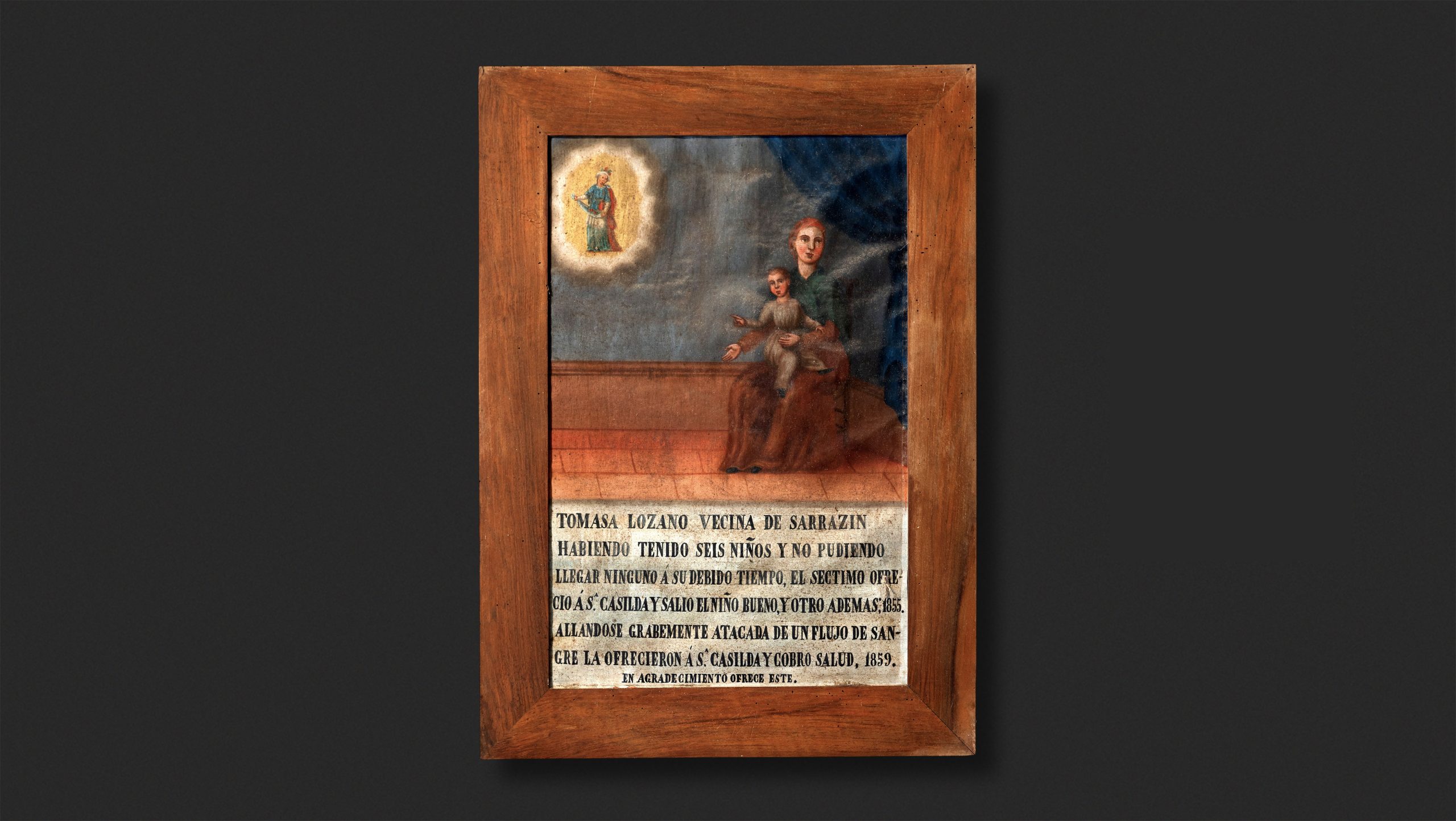“Born Without the Means of Living”. Miscarriages and Premature Births
I.Cycles of Life and Death in a Mountain Village
“You would do well, yes indeed, to go on a pilgrimage, to rid your mind of bad things, since you have no demon in belly nor breast, neither in your chest, nor yet in the bowels – and you yet do have these, in countless number, in the brain of the head. And all from an unlucky birthing-bed, and two children lost besides.”
Benito Pérez Galdós, Nazarín
This passage from Galdós, who was a writer unusually privy to many feminine mysteries, clearly recognises that a miscarriage or premature birth – or even an abortion brought on by herbs or esparto grass – could deeply damage the woman suffering it. And yet we have so few actual accounts, along the lines of this one here, of common women of the time. Shame, and the imperative for decorum, have foiled our historiographical longing to know more: while there are photographs aplenty of babies in death from the 19th century, even of lifeless sucklings, with their mothers, we have not seen (except in medical studies) a single one of a child miscarried or dead from a premature birth.
In biographies of queens or aristocratic women, we often find accounts of pregnancies which did not culminate in a viable child, along with their possible causes and potential measures which could be taken in order to avoid such an unhappy outcome. But we do not know if Paula Martín underwent a miscarriage, or even if she may have resorted to an abortion agent of some sort to avoid an unwanted gestation. The interval between the birth of her daughter Eugenia, the third of her children, and Bernabé Antonio, the fourth, is relatively long at 34 months. This could be indicative of an unrecorded abortion or miscarriage, but that can only be a conjecture based on extrapolating from the general trend, and as we know any sufficiently large collection of data will contain outliers. To make things worse, only a very few such studies exist for the Spain of the period.
Nevertheless, we do find valuable clues in the parish archives. Here, we find that in 1859 the parish priest of Sotillo de la Adrada recorded the burial “of a baby girl born the day before, who was given emergency baptism, being born prematurely”. The scholar with the patience to trawl through church records will again and again come across references to “agua de socorro” – “salvation water”, used to very quickly baptise newborns who didn’t look likely to survive – in the records of premature births. Not infrequently, these births would be of twins. Note that these entries are found in the death register, not in the record of baptisms. Few babies receiving this salvation water lived long enough to receive a second, solemn baptism in the church font, thereby gaining an entry in the baptismal records.
From the mid-19th century on, some priests started to include the cause of death as adduced by the local physician, when recording the death of a baby. Often, this would be defined as “insufficient physical development”, or the reason given would be “being born without the means of living”. In Daimiel (province of Cuidad Real), 746 children died between 1882 and 1890 before their eighth birthday. In 23 cases – 2.3% of the total – “insufficient development” was given as the cause of death. If we then look at only those who died in their first year of life – 355 deaths – the proportion is 4% and this is the eighth most common cause of death given.
These entries in the parish records can be complemented by the accounts of miraculous occurrences that we find in sanctuaries and places of pilgrimage. These are stories told both in words and through image. The sanctuary of Santa Casilda in Salinillas de la Bureba holds a number of depictions on the theme of miscarriages, among them one from 1859, commissioned by Tomasa Lozano from Sarrazín in the province of Burgos, and shown here. [Wolfram Aichinger y Iris Kofler.]

